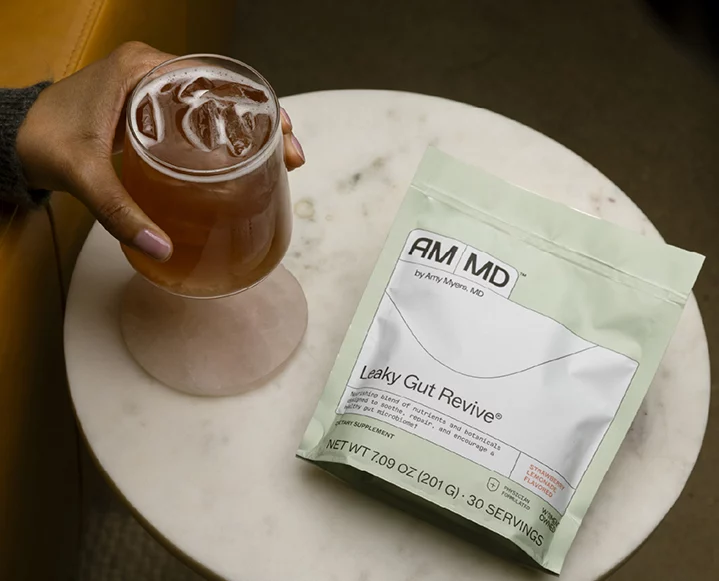If you’ve been dilly-dallying about learning to make homemade jam, here is the recipe that will send you over the edge. Rose petals, raspberry liqueur and one of our favorite – and unexpected – inclusions, rhubarb, combine to make this berry spread a recipe we just can’t resist whipping together! Follow Valerie as she guides us straight through the ABC’s of preserving and fill your kitchen with stacks of these magical and romantic jam jars. Here is the recipe from Valerie, straight from her delectable dessert cookbook, Sweet!
The “blush” in this jam is a nod to the generous amount of alcohol it contains. Chambord, a liqueur made of red and black raspberries, vanilla, citrus peel, honey and Cognac, has a pleasing sweetness. Raspberries and rhubarb have tart flavors; here the Chambord softens the acidity, balancing the jam. To make great favors for bridal showers, tie ribbons and hang-tags around jars to personalize them.
Blushing Berry Jam
Makes six 12-ounce jars
4 pints (about 2 lbs) raspberries, rinsed
4 cups sugar, or more to taste
50 to 60 organic rose petals, rinsed
2 ¼ lb rhubarb (about 20 stalks), rinsed, trimmed, and cut into ½-inch pieces
½ cup Chambord
Mix the raspberries with 2 cups of the sugar and the rose petals in a medium bowl. Mix the rhubarb with the remaining 2 cups sugar in another bowl and stir well; you want to see the sugar dissolve and the rhubarb release a bit of juice. Cover and set aside for 1 hour, or macerate for as long as overnight in the refrigerator.
Sterilize six 12-ounce canning jars and lids (see below).
Put two small ceramic plates in the freezer.
Pour the rhubarb into a large pot and set over high heat. Cook, stirring with a large wooden spoon or a heatproof silicone spatula, scraping the edges and bottom of the pot to prevent scorching, until the rhubarb softens, approximately 10 minutes. Add the raspberries and rose petals and continue cooking until the berries soften and break down, approximately 10 minutes. If the jam bubbles up too much, lower the heat to medium and continue stirring. Once the bubbling subsides, after about 10 minutes, the jam will begin to thicken. Add the Chambord to the jam and stir; you will see the jam loosen a bit.
Taste the jam for sweetness. If you want, add a little more sugar ¼ cup at a time, taste, and cook for an additional 2 to 3 minutes.
Check the set of the jam by putting a small dollop of hot jam on one of the chilled plates. Run a finger through it: if your finger leaves a track, the jam is ready; if not, continue cooking for a few minutes and repeat the test.
Remove from the heat.
Pour the jam into the sterilized jars and seal with the warm lids. Let cool to room temperature and refrigerate for up to 2 weeks, or follow the canning instructions for long-term storage below.
Home preserving is completely safe and easy to execute, as long as you follow some basic guidelines. For more details on chemical balance, safety, and alternative canning methods, check the website of the USDA National Center for Home Food Preservation. Here is the basic process for home canning; do read through the instructions before you begin, to ensure a safe canning session.
1. Heat the oven to 250°F.
2. Wash the canning jars with soap and warm water, or run them through a cycle in a dishwasher.
3. Set the jars right side up on a baking sheet and put them in the hot oven for 15 minutes to sterilize them.
4. Meanwhile, prepare a boiling-water canner, or fill a large deep pot halfway with water and bring to a low boil.
5. Bring a small saucepan of water to a low boil, then remove it from the heat and drop in the jar lids (and bands). Heating the lids before canning will soften the wax seal and result in a tighter seal.
6. Remove the jars from the oven and set them on a stable work surface. When the jam is cooked, fill the jars one at a time using a funnel or sterilized heat-resistant pitcher, leaving ½-inch headspace.
7. Using a clean damp cloth, wipe the rims of the jars clean.
8. Carefully remove the lids from the small saucepan and seal the jars. If using lids and bands, put the lid on top of the jar and screw the band on until it is secure.
9. Using a jar lifter, carefully put the jars into the boiling-water canner (or large pot), making sure the water covers the jars by at least 1 inch.
10. Place the lid on the canner (or pot) and bring the water to a full boil. Boil the jam for 10 minutes, then turn off the heat.
11. Lay two large dish towels on a flat surface. Using the jar lifter, carefully remove the jars from the canner (or pot) and put on the towels. Leave the jars undisturbed for at least 12 hours. Check the seals; if they’re secure, store the jars in your larder. If any seal is loose, refrigerate the jar immediately and consume the contents within the appropriate timetable.
Jams can be stored in a cool area away from direct sunlight for up to 1 year; marmalades will keep for up to 1½ years. Once they’ve been opened, store all preserves in the refrigerator. Jams keep well for up to 3 weeks in the refrigerator, marmalades for up to 2 months.
Excerpted from Sweet by Valerie Gordon (Artisan Books). Copyright © 2013. Photographs by Peden + Munk.











